#infrastructure
Chapters and interviews tagged with ‘#infrastructure’
Related Book Chapters & Interviews
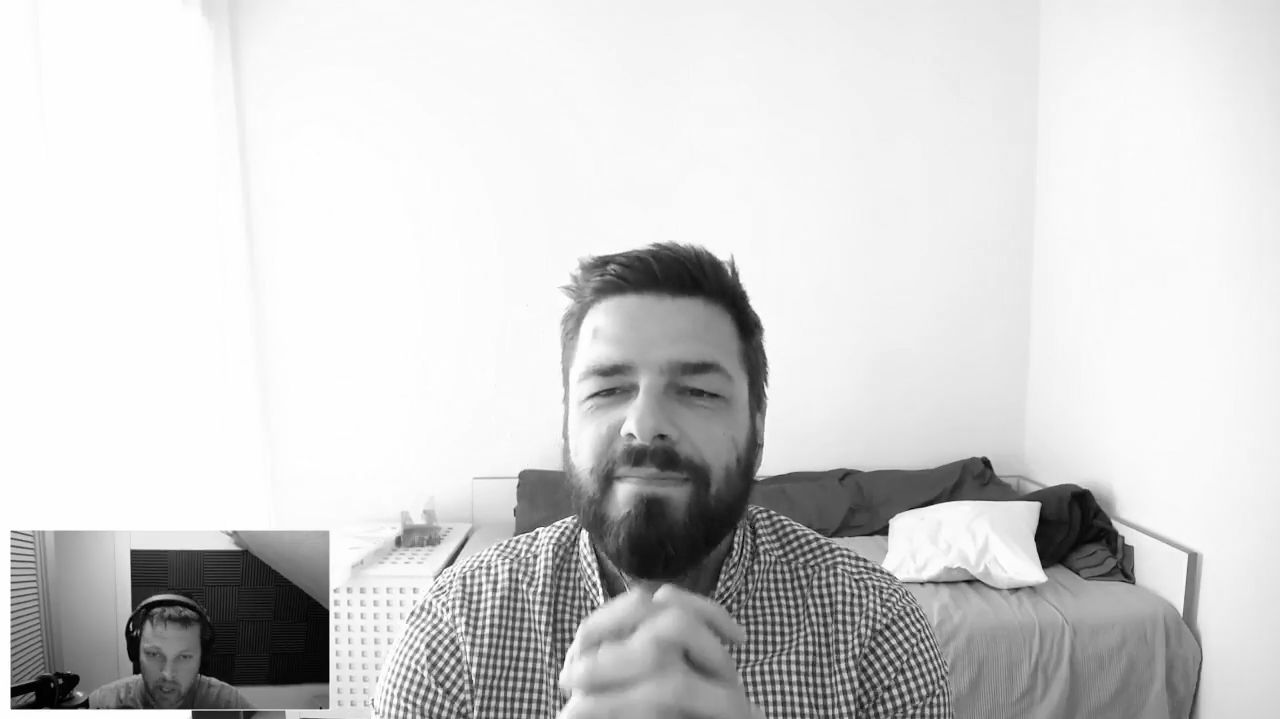 Interview № 23 of 24
Mathias Meyer
Interview № 23 of 24
Mathias Meyer
Mathias is one of the original founders of Travis CI. In this episode, we talk about the difficulty of leaving the company he helped start, and the challenges of moving on.
 Interview № 21 of 24
Steve McLeod
Interview № 21 of 24
Steve McLeod
Steve McLeod is the founder of Feature Upvote, a SaaS tool to enable your customers to suggest and upvote improvements. In this episode, we talk about and compare his experiences running both a B2C app and B2B app and the value of having a part-time system administrator on retainer.
Premature optimization can often be a waste of time and money, but underinvesting in infrastructure can be just as costly. Find the right balance between making progress and unnecessarily holding back growth.
Backups aren’t a big deal until you need them. Unfortunately, by the time you need them, you may not have them. Whatever you do, don’t skip out on backups. Set them up and ensure they’re tested regularly so your business doesn’t become another example of what not to do.
In the coming years, you’ll face decisions to either pay for a tool that isn’t a perfect fit, or build your own. It’s imperative to recognize that building anything that isn’t a core part of your business will become more of a distraction than a strength.
Email is a critical piece of infrastructure that can’t be taken for granted. It’s an extension of your software’s interface, and customers expect it to feel seamlessly integrated.
As you get started, you’re going to run into problems and challenges you either didn’t anticipate or severely underestimated. With SaaS, there’s a handful of seemingly simple things that might catch you off guard.
You can’t keep an eye on all of the moving parts of your application. At some point, something’s going to fail, and when it does it needs to fail loudly and provide information to fix it. This is where monitoring comes into play to ensure minimal impact when things do go wrong.
Security is an ongoing and ever-changing challenge. There are experts who dedicate their lives to security, so how can you possibly keep your app secure? Use tools and automation as your first line of defense, and enlist experts once you can afford them.
Your business will depend on vendors. Try not to become entirely dependent on a vendor. But if you absolutely must be dependent, make sure you choose carefully.
 Interview № 18 of 24
Matt Goldman
Interview № 18 of 24
Matt Goldman
Matt and I talk about running a SaaS business after acquiring it, the mistakes they made early after taking over Churn Buster, and the common ways that SaaS businesses get dunning wrong and how they can do better. We also talk about the value of iteratively improving automation for tasks and how important it is to clearly document and explain manual process.
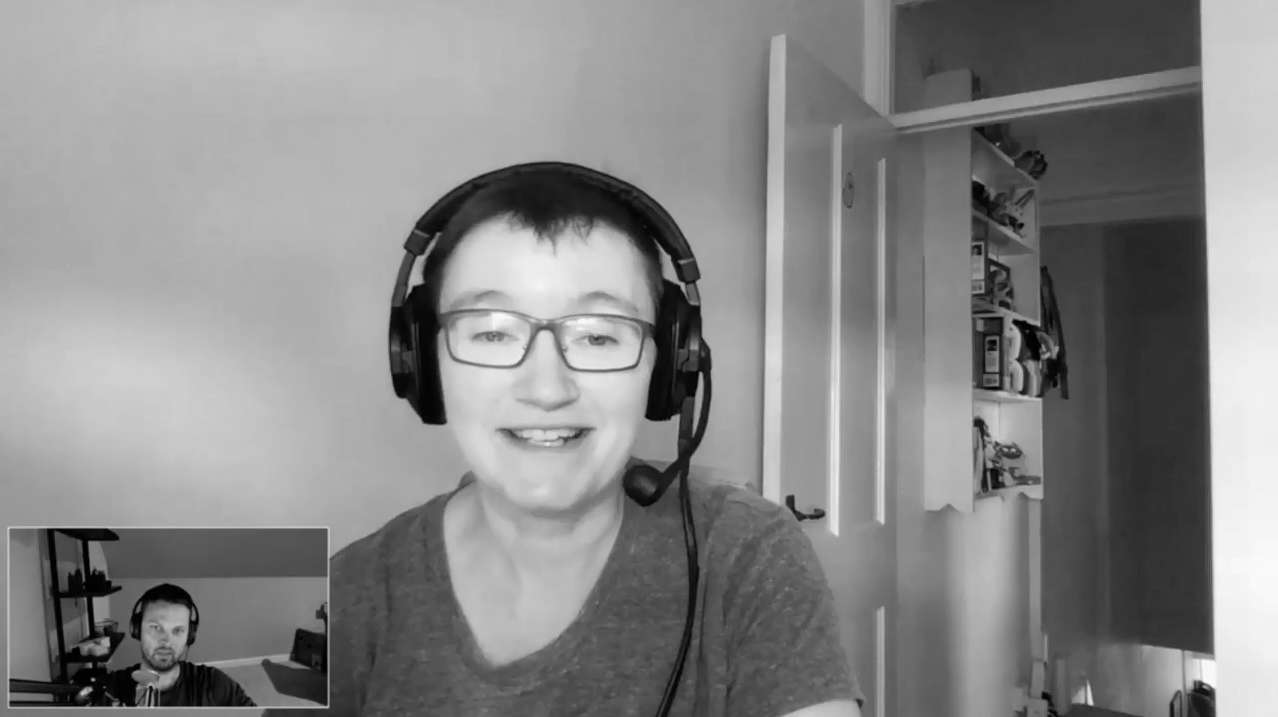 Interview № 17 of 24
Rachel Andrew
Interview № 17 of 24
Rachel Andrew
Rachel and I talk about what it’s like supporting self-hosted software, juggling a busy travel schedule to make time for work. She’s been working on Perch with her husband Drew for eight years, and they’re still going strong.
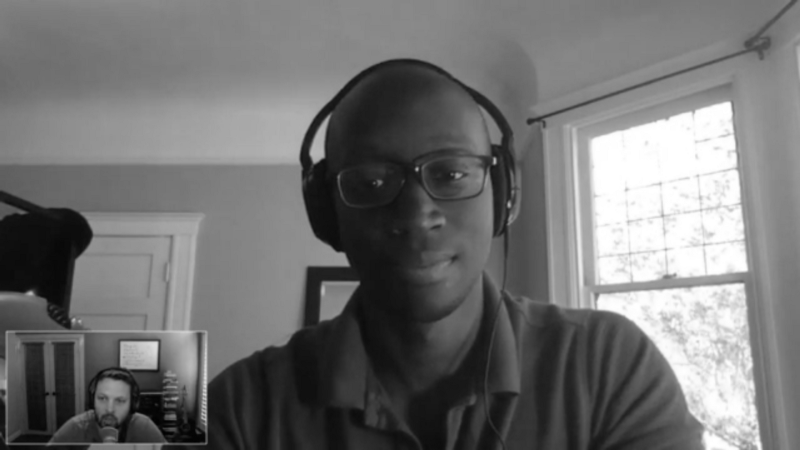 Interview № 12 of 24
Courtland Allen
Interview № 12 of 24
Courtland Allen
Courtland’s story is great because he’s been on a bit of the roller coaster, and now he’s starting fresh with Indie Hackers. He’s interviewing other founders of businesses of all sizes and helping to shed light on what’s possible for small independent software-based businesses. At the same time, the stories are also grounded in realistic stories of slow growth and hard work instead of just focusing on those businesses that hit the jackpot. Courtland’s past experience combined with his discussions with other founders has given him some great perspective and insight on what works and doesn’t work for small software businesses.
 Interview № 7 of 24
Natalie Nagele
Interview № 7 of 24
Natalie Nagele
Natalie and I talk about bootstrapping, learning that marketing is a necessary part of growing a software company, and the transitions that led Wildbit to be a family-focused company. We touched on the benefits and challenges of running a multi-product company, the inspiration for the various products, and the difficulties of hanging in there as a business gets older and the responsibilities grow and change.
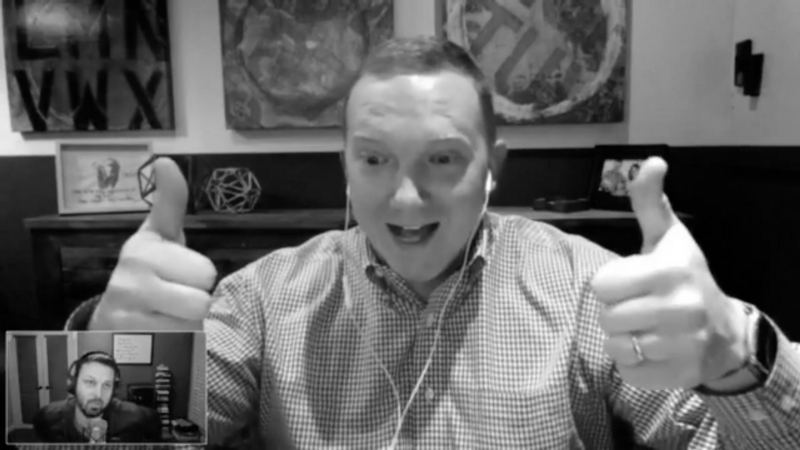 Interview № 6 of 24
JD Graffam
Interview № 6 of 24
JD Graffam
JD and I talk about buying and selling SaaS applications and share some details from the process of selling and transferring Sifter. JD shares what it’s like juggling multiple businesses and how he makes it work, and he dives into the attributes and insights he uses to decide whether a SaaS application is a good opportunity or not and how he does business a bit differently. This is an episode that’s near and dear because I feel like it shares some of the less-often seen aspects of transactions like selling businesses. I really hope you enjoy it.
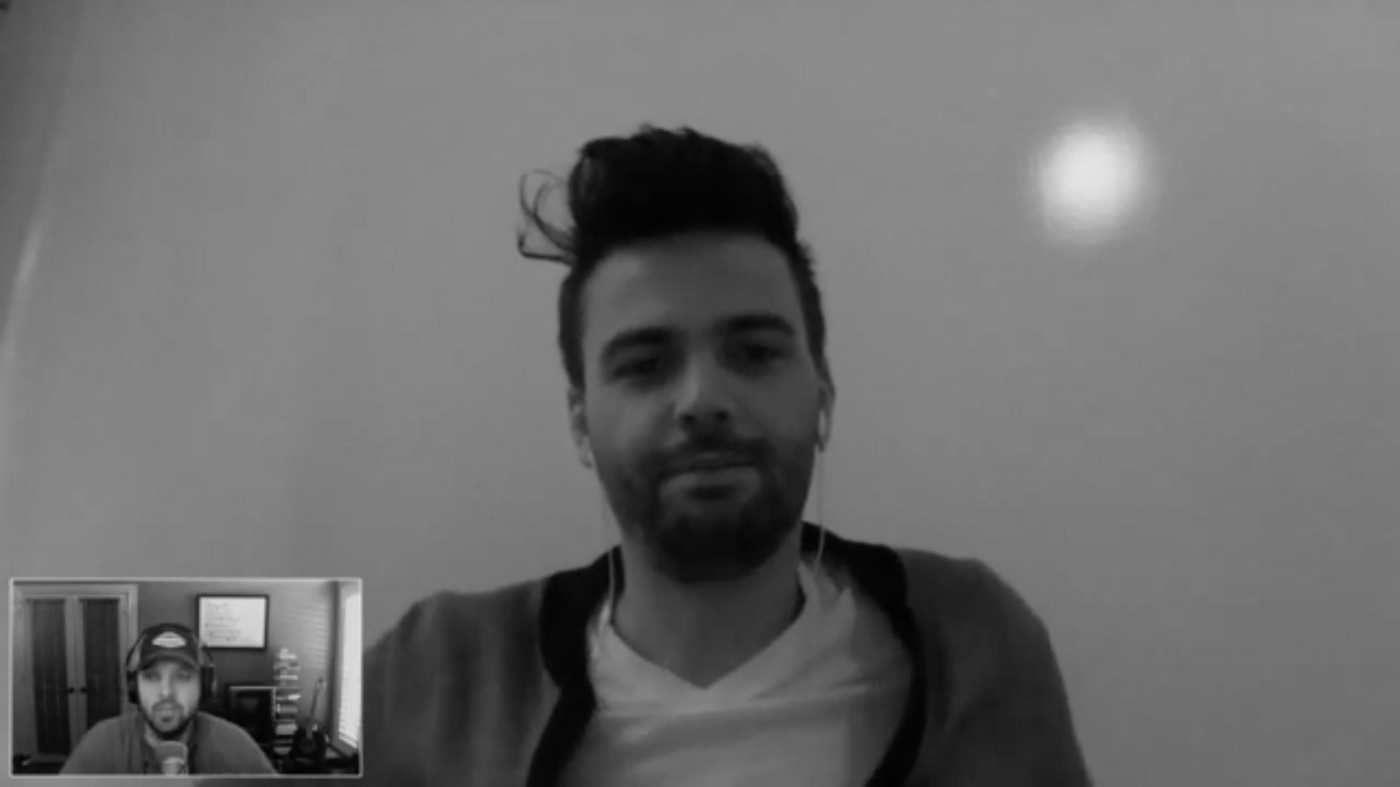 Interview № 5 of 24
Tyler Rooney
Interview № 5 of 24
Tyler Rooney
Format had seven people on the payroll before Tyler even got paid. We talk about bootstrapping in Canada, the amazing story of how they acquired the Format.com domain name, and what it’s like transitioning from a survival mentality to a growth mentality as a business grows.
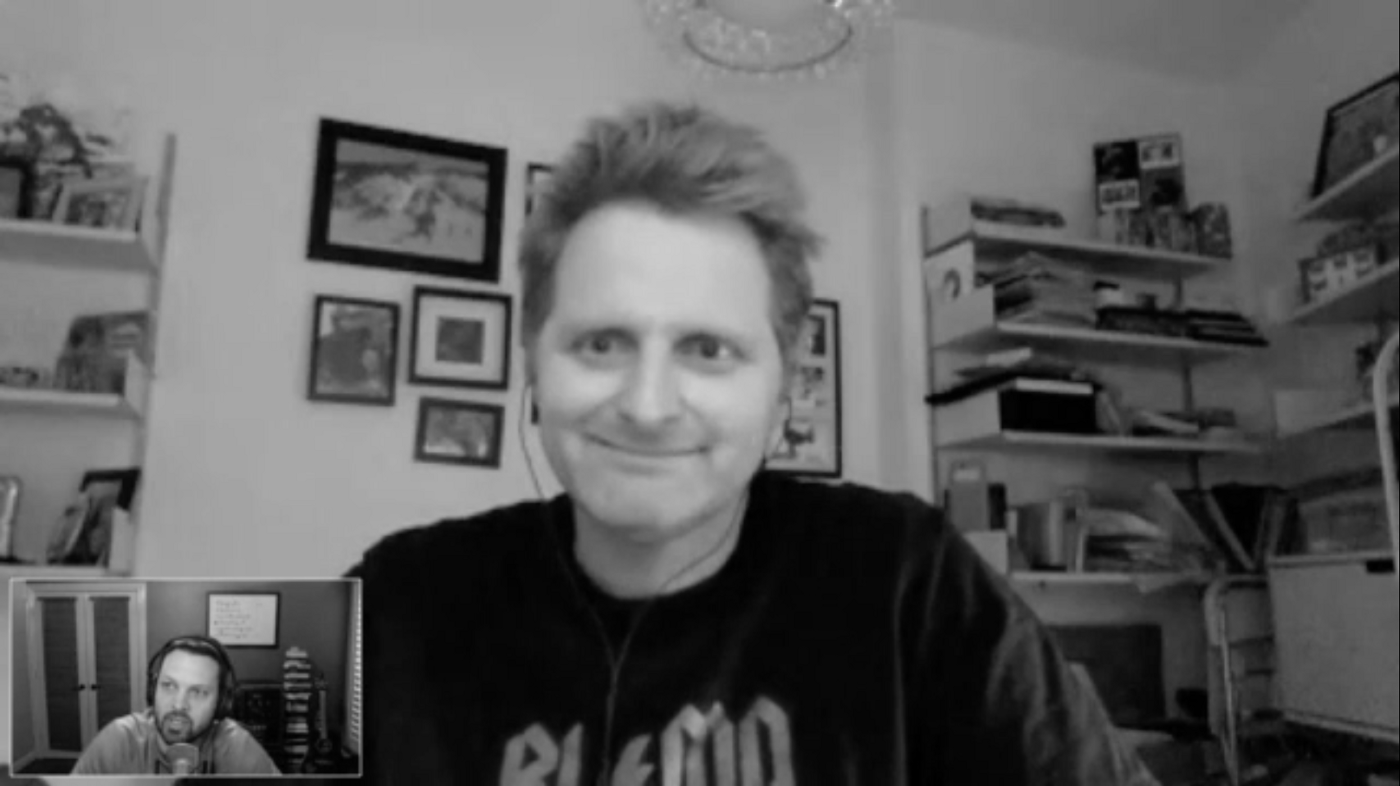 Interview № 4 of 24
Peldi
Interview № 4 of 24
Peldi
Peldi and I talk about moving from California to Italy to lower his cost of living to start a company, juggling different delivery formats for software (and the associated payments challenges), giving amazing support, and bending over backwards to help customers. While he originally didn’t want to grow the business beyond himself, Balsamiq is now a team of 23 people based all around the world.
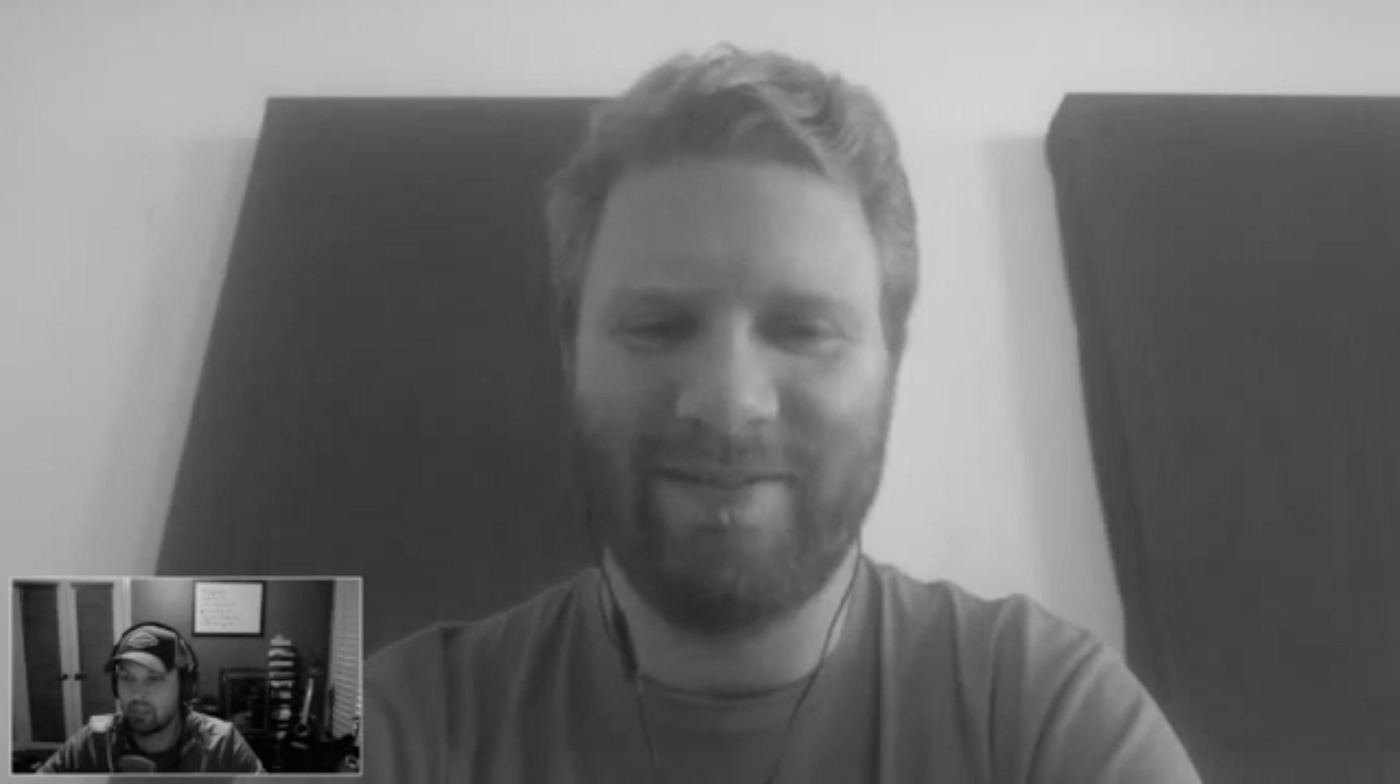 Interview № 3 of 24
Pat Allan
Interview № 3 of 24
Pat Allan
Pat Allan turned his open source side project into a profitable Heroku Add-on. We talk about the advantages and disadvantages of building on another company’s platforms, doing support for both open source users and paying customers, and some of the trickier parts of parlaying open source success into a profitable business venture.
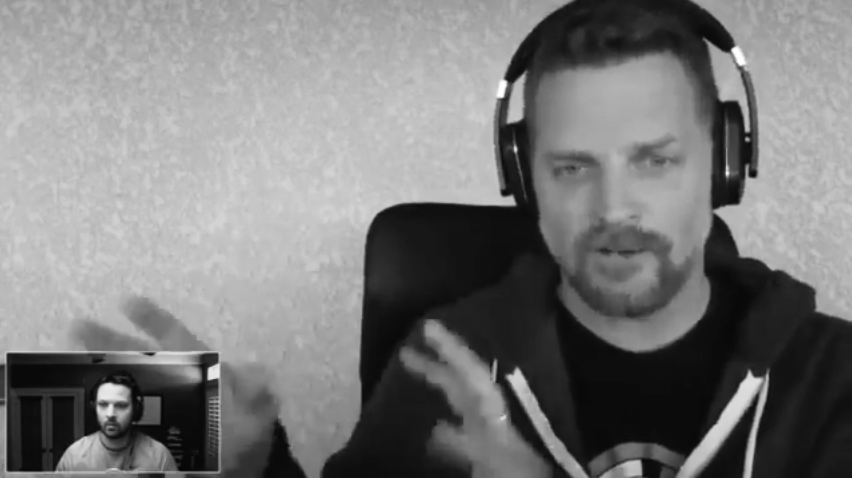 Interview № 2 of 24
Anthony Eden
Interview № 2 of 24
Anthony Eden
Anthony built dnsimple on the side and didn’t come on board full-time until after there were two other full-time employees. We discussed some of the advantages and disadvantages of running a complex infrastructure product, marketing a complicated business with comics, and fighting domain fraud through it all.
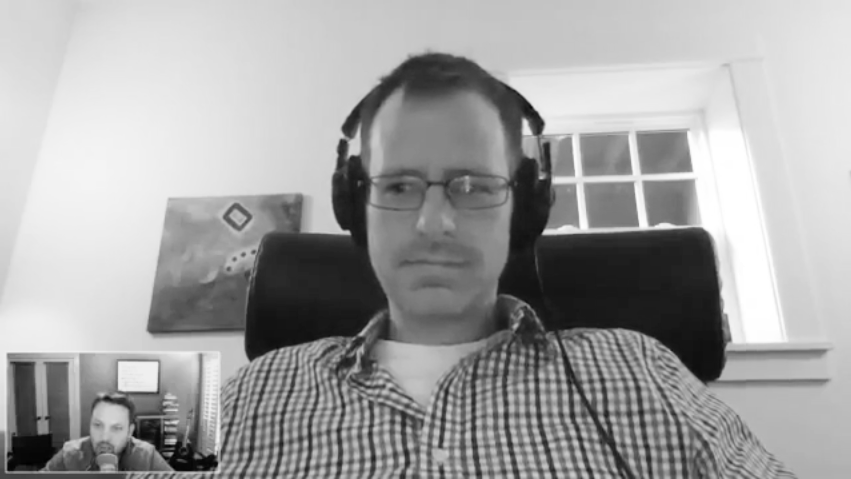 Interview № 1 of 24
Mike Perham
Interview № 1 of 24
Mike Perham
Mike Perham has successfully built a wildly profitable one-man business built on his open source efforts. We discuss what it’s like balancing the seemingly opposing forces of open source and a for-profit business, managing support for the open source version as well as paying customers, and how businesses are all-too-willing to pay for things that provide value or help them save time.
 Be Fully-prepared to Launch Your Own SaaS Application
Be Fully-prepared to Launch Your Own SaaS Application
Get a free playbook, worksheet, and short email course to help you navigate the journey so you can be ready to build your own SaaS application.